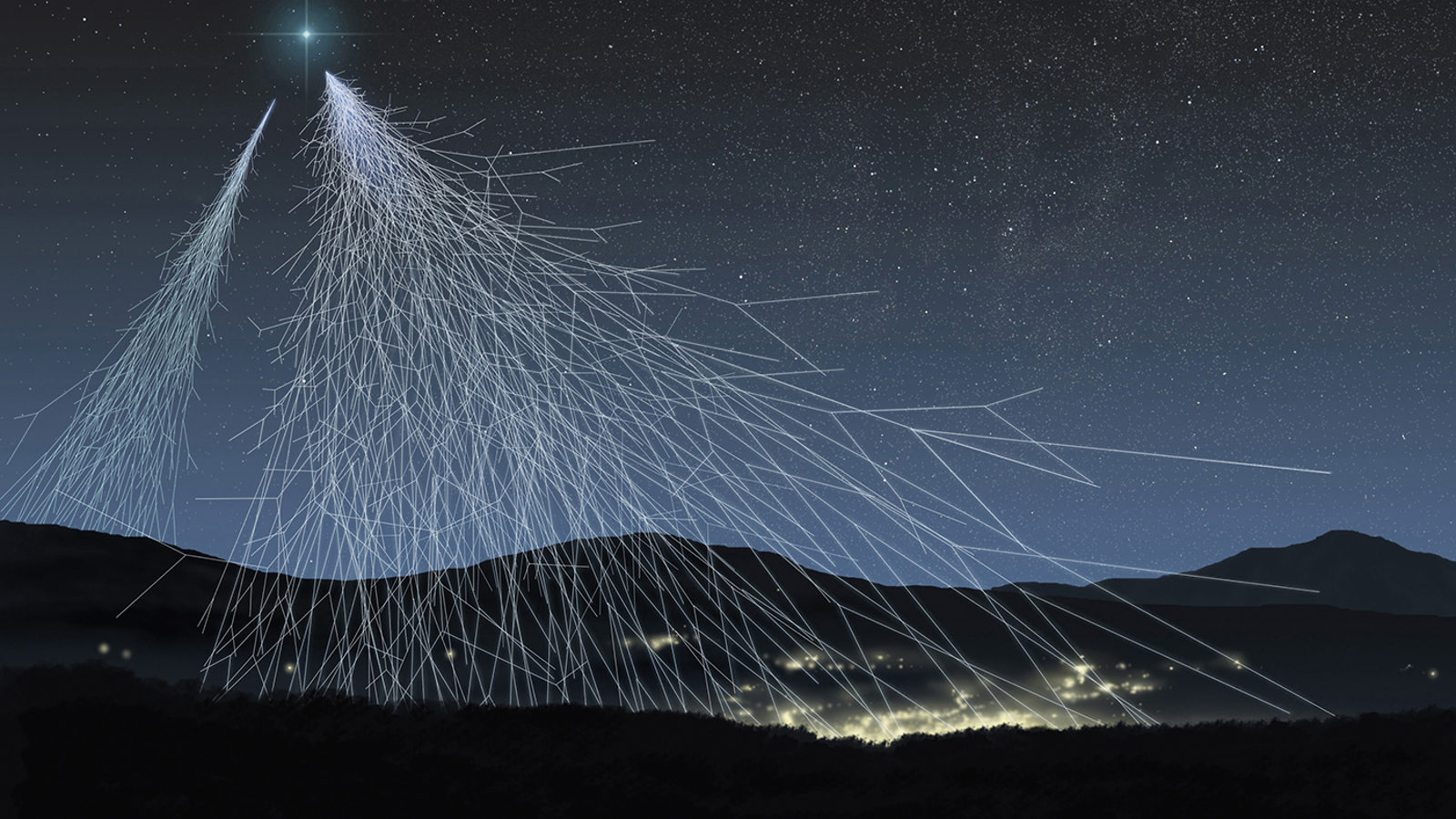Experimental High Energy Particle Physics
- NOvA Neutrino Experiment
- DUNE Experiment
- Main Injection Particle Production Experiment
- NASA in Kansas
- Auger North Cosmic Ray experiment
Overview
WSU has a strong experimental HEP group led by Prof. Solomey, Assoc. Prof. Meyer, and Assistant Prof Muether. This group is working to understand the nature of neutrinos through work on NOvA, the leading US HEP experiment. The WSU HEP group has also worked recently on the Fermilab based MIPP particle production experiment and cosmic ray detection. The group is also pursuing development of a space based particle detector.
Students following this course of research have been successful in attaining academic position and data science positions in industry. A major focus on the research coming out of this group revolves around using large amounts of computing recourses to analyses large complicated data set (i.e., big data type problems).
NOvA Neutrino Experiment
The WSU HEP group is collaborating on the NOvA neutrino experiment. The NOvA experiment
is aimed at understanding fundamental properties of the neutrino. The group is leading
an effort to study neutrino interactions with nuclear and atomic target in the NOvA
near detector. The group is also interested in studying the mass ordering of neutrinos
and the matter/anti-matter symmetry of these particles. 
DUNE Experiment
The WSU HEP group is a collaborating member of the DUNE neutrino experiment.
 The Deep Underground Neutrino Experiment (DUNE) is a leading-edge, international experiment
for neutrino science and proton decay studies. Discoveries over the past half-century
have put neutrinos, the most abundant matter particles in the universe, in the spotlight
for further research into several fundamental questions about the nature of matter
and the evolution of the universe — questions that DUNE will seek to answer. -DUNESCIENCE.ORG
The Deep Underground Neutrino Experiment (DUNE) is a leading-edge, international experiment
for neutrino science and proton decay studies. Discoveries over the past half-century
have put neutrinos, the most abundant matter particles in the universe, in the spotlight
for further research into several fundamental questions about the nature of matter
and the evolution of the universe — questions that DUNE will seek to answer. -DUNESCIENCE.ORG
Main Injector Particle Production Experiment
The Main Injector Particle Production Experiment is aimed at understanding particle production from protons impinging on solid targets. This work is needed to better understand the makeup of the neutrino beams used by experiments like NOvA. Prof. Solomey is spokesperson for the MIPP experiment.
NASA in Kansas
A proposal by the WSU HEP group for "Development of a Deep Space Dark Matter Search Experiment Proposal to NASA" was recently accepted by the NASA in Kansas program.

Cosmic Rays
The WSU HEP group has recently participated in R&D effort towards a large cosmic ray array in the Northern Hemisphere.




